Normally when we go to Portland we don’t eat out very often, since we have a lot of family there, and I try to get as much of my parents’ home cooking as possible. This past fall, though, I was there for almost 6 weeks with little E, and in between jet lag (me) and jet lag (E), a million doctor appointments, playdates in every corner of town, pilgrimage(s) to Powell’s bookstore, getting fresh air outdoors, and hanging out with family, we did manage to squeeze in a number of places I have been meaning to try (including one that’s been on my list for years!).
On previous trips, we’ve loved Broder (for Scandinavian brunch that is as delicious as it is adorable), Toro Bravo (tapas), Saburo’s (cheap sushi in generous portions), and food carts everywhere (including the famous chicken rice at Nong’s Khao Man Gai). We also have a family tradition of buying fresh fish and sashimi from a little shack on Hawthorne called the Flying Fish Company and then ordering fresh Dungeness crabs through a vendor who is a family friend.
I already mentioned all the beautiful fresh produce and amazing food we had at the Portland Farmer’s Market on our trip this past fall. On top of that, we also ate…
…waffles at the Waffle Window, 3610 SE Hawthorne Blvd. [map]
This photo was actually taken on my second visit there this trip. It was so good I had to bring my husband back, and we ordered the blueberry cheesecake and the 3 Bs (bacon, Brie, and basil). Both were excellent, but we agreed that we couldn’t eat a whole plate of the cheesecake one alone (but neither of us have a real sweet tooth). The 3 Bs, though, I would definitely go back again for. It is served with a side of peach jam, which just adds a touch of sweetness to top off the salty smoky bacon, rich creamy Brie, and fragrant basil. I don’t think I’ve had a more perfect waffle.
… dinner at Tasty n Sons, 3808 N Williams, Suite C [map]
We got together for a kids-free night out with my old college roomie Chau and her husband Quoc. A number of years ago they had taken us to one of their favorite restaurants, Toro Bravo, and this time they brought us to Tasty n Sons, by the same owner. We ordered up a wide sampling of dishes, all of them excellent. Apparently, Tasty n Sons is very popular for brunch (which it looks like is served daily), when the lines are reported to snake around the block. When we arrived for a weeknight dinner, though, there was only a short wait. The restaurant is in an interesting neighborhood I’d never been to called the Mississippi district, and I’d love to walk around there during the day sometime to peruse all the shops and try some of the other restaurants.
…. dessert at Salt & Straw, 2035 NE Alberta St [map]
The ice cream flavors here each sound like a unique mix you’ve never heard of and have to try. We ended up getting one called the Thanksgiving turkey, which is made from turkey and chicken fat and contained bits of turkey skin brittle! It was actually quite sweet and the caramelized bits made it taste like a salted caramel flavor. The other one we got was lavender.
… the best falafels at Greek Express, 827 SW 2nd Ave [map]
Sorry, no picture for this one. We actually just happened to stumble upon this place. After trying (twice!) to go to Luc Lac and finding it closed, we decided to eat at a cafeteria-like place just next door, where one of the vendors was serving Greek food. And it turned out to be some of the best Greek food we’ve had. The falafels, in particular, were astounding — I think they were even better than L’As du Falafel in Paris!
… slice of pizza at Sizzle Pie, 926 W Burnside St [map]
I stopped here after an afternoon at Powell’s, which is right across the street. Whenever I’m in China, one of the things I miss most is pizza (they just don’t do it right here), so a slice of pepperoni was just the right thing after an afternoon browsing books.
… food carts on Belmont, SE 43rd and Belmont [map]
On the recommendation of my sister, we stopped at the food carts on Belmont for some crispy truffle tater tots, a delicious gyro sandwich from Aybla Grill, and some very rich mac n cheese from Herb’s. It was all much better tasting than my unfortunate iPhone photo makes it look.
As for drinks, we made time for…
… lattes at Stumptown, 4525 SE Division Street [map]
Even though I have been supplied with Stumptown coffee beans for years (first by Chau, who I believe got me hooked on coffee with these Stumptown beans so many years ago, and then by my parents), I had never actually sat down for a cup of coffee at one of their shops. When my parents told me that the bus from the corner of their street would take me straight to Stumptown (and on downtown to Powell’s!), I ended up coming here a number of times this past trip.
… a late-night decaf at Coava, 1300 SE Grand Ave. [map]
We managed to squeeze in a stop at Coava one night, where the brewing of coffee is treated as an elaborate ritual using the finest equipment. The coffee shop shares a beautiful loft space with Bamboo Revolution, which makes the furniture, flooring, doors, etc. If you go, you must also visit the gorgeous bathrooms. :)
I have yet to mention any of the Asian food I ate on this trip… It definitely deserves its own post, so stay tuned!







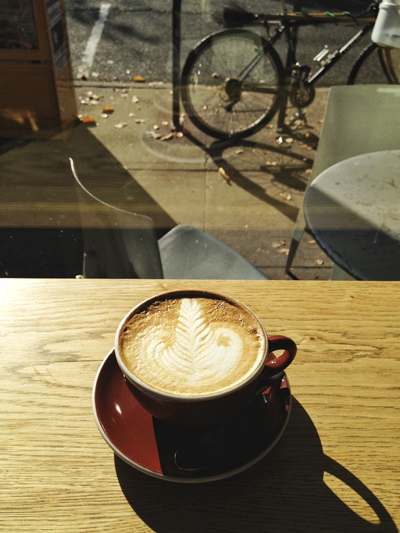
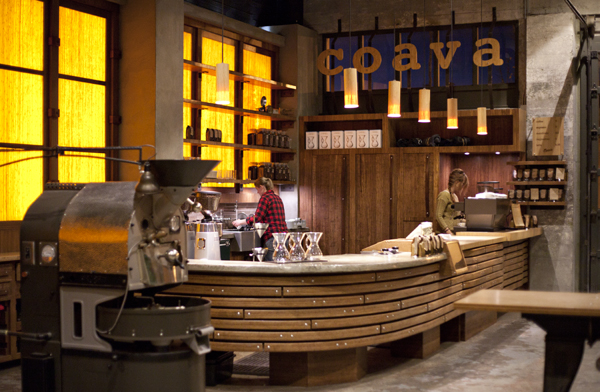
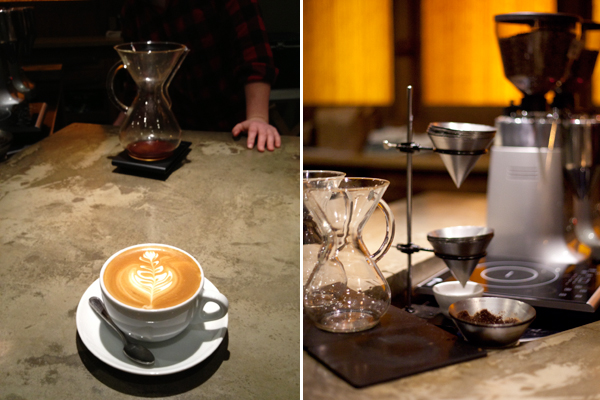
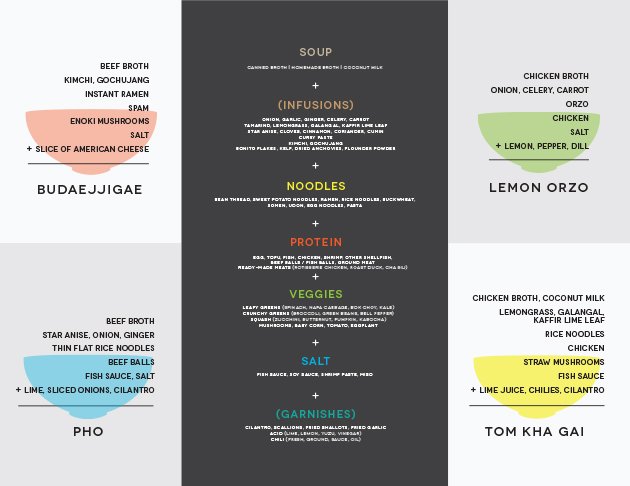



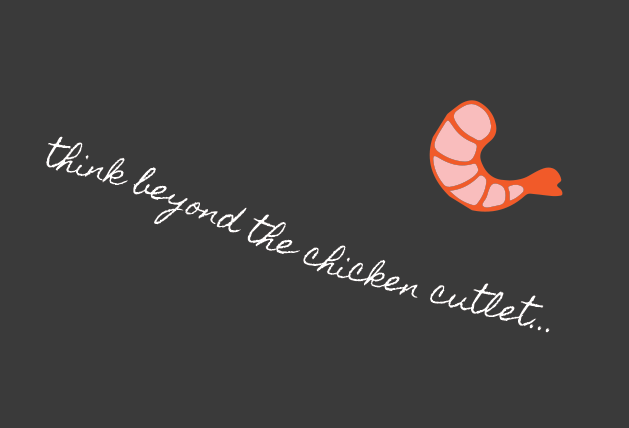



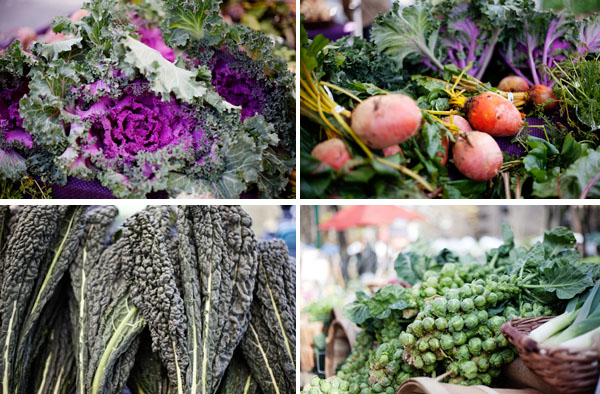
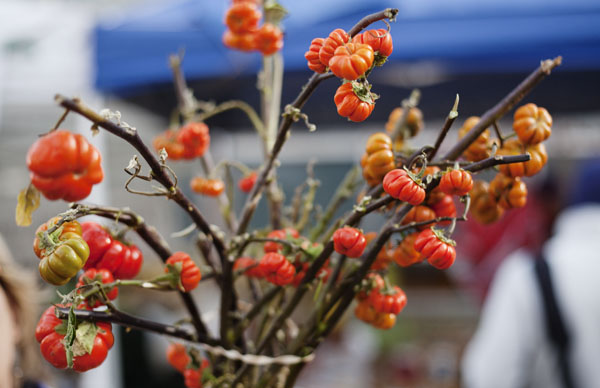
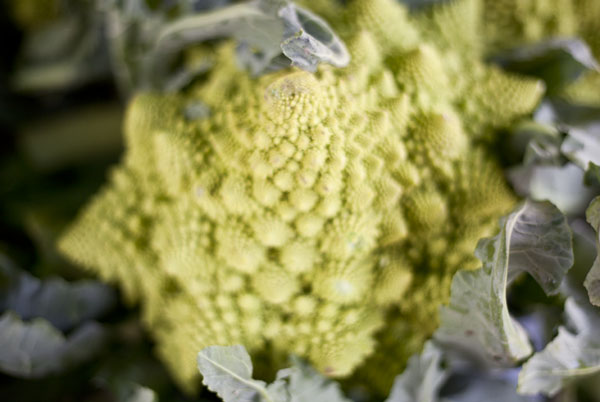
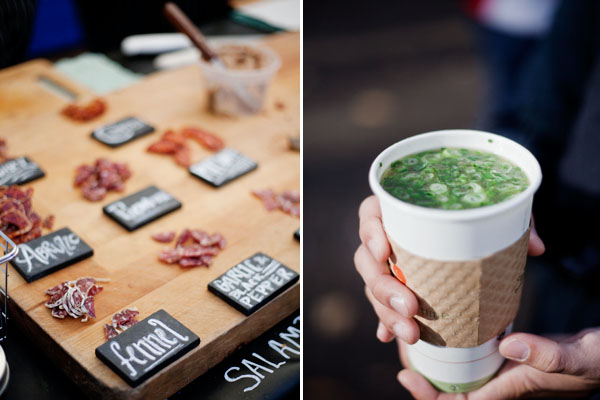
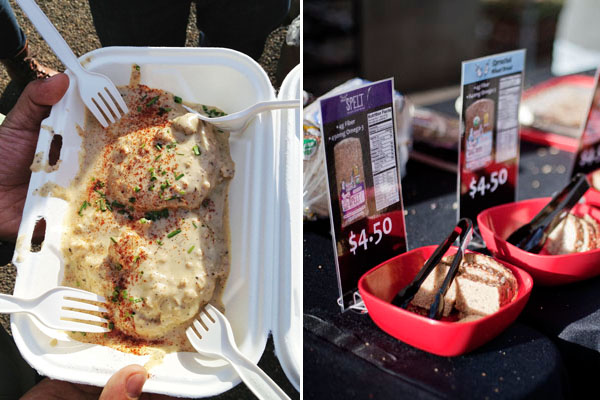
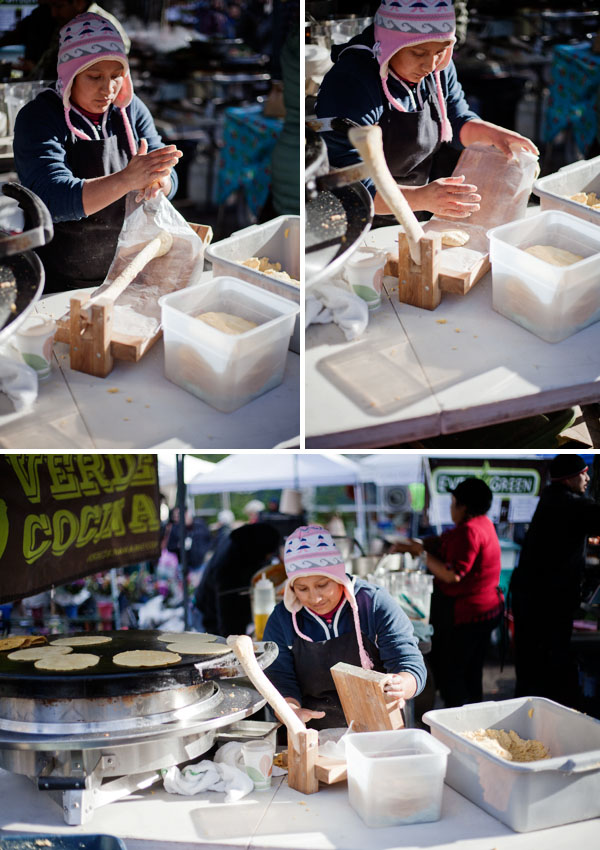




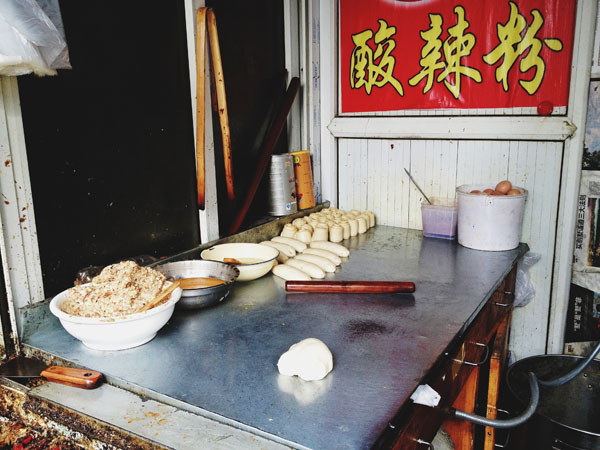













Connect with us